8 Bizarre Animal Surprises From 'True or Poo' — Can You Tell Fact From Myth?
True or Poo?
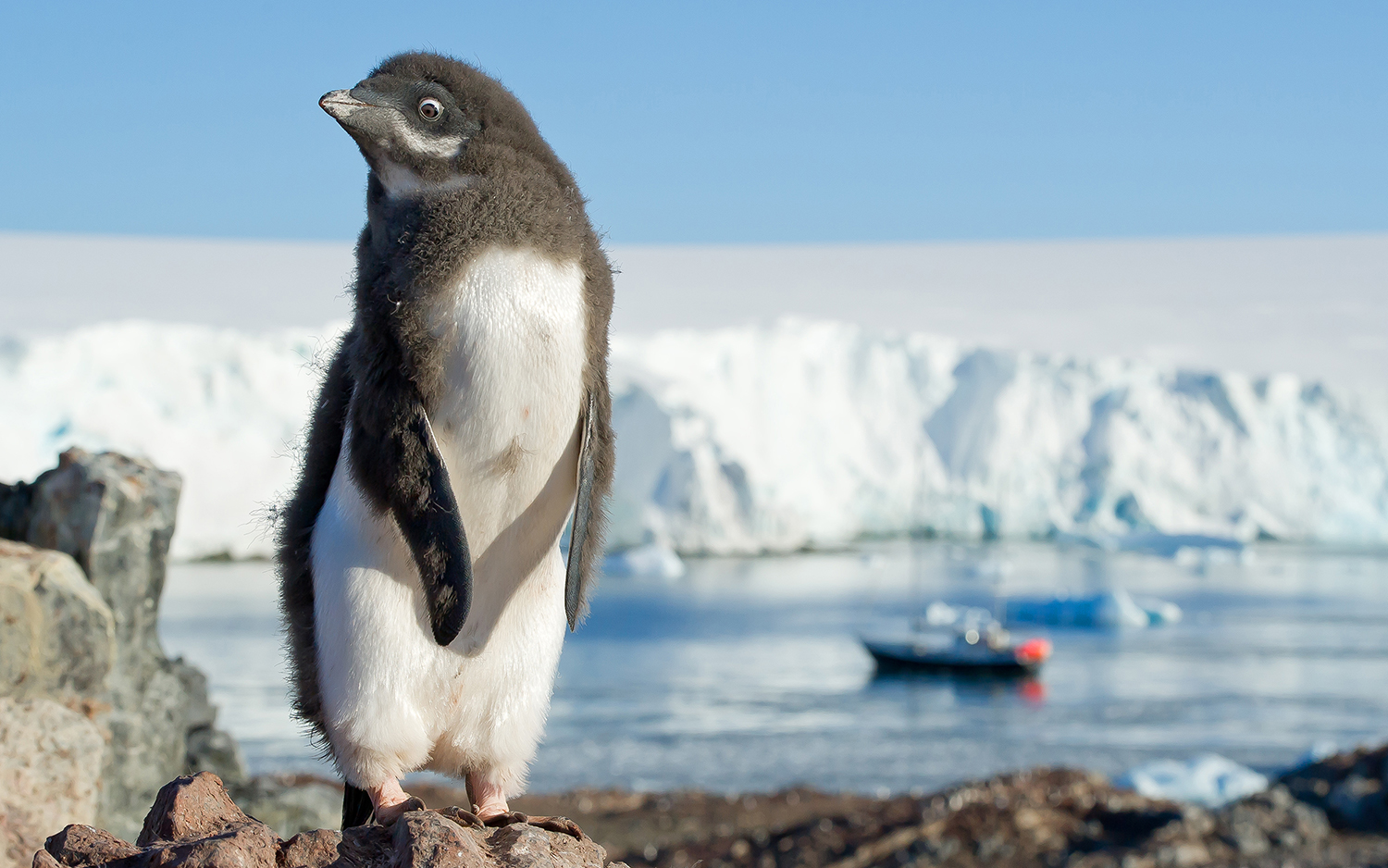
In the new book "True or Poo: The Definitive Field Guide to Filthy Animal Facts and Falsehoods," authors Dani Rabaiotti and Nick Caruso (the writers behind 2017's literary sensation "Does It Fart?") team up again to bring you some of the weirdest, grossest, smelliest animal traits and behaviors, while also debunking popular myths about animals.
Here are a few peculiar examples from their book: Can you tell which are true facts, and which are "poo"?
Do spiders crawl into your mouth while you're sleeping?

True or Poo?
Do spiders crawl into your mouth while you're sleeping?
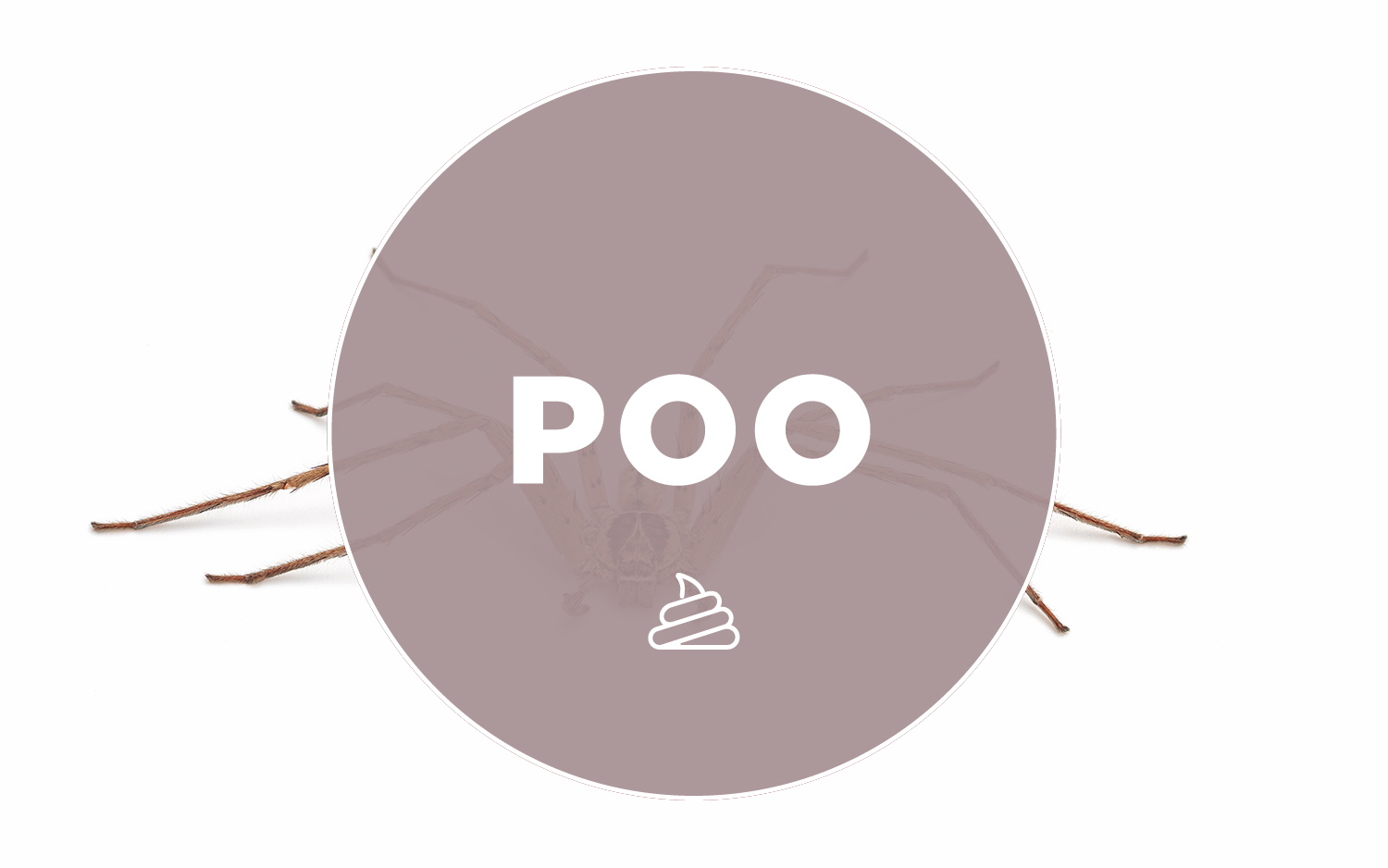
True or Poo? Poo.
Many types of harmless spiders often share our homes, and because most house spiders are small and stealthy, there's a widespread misconception that sleeping with an open mouth is an open invitation for a nocturnal spider to investigate your tonsils. While it's possible, it's not very likely, as a tiny spider would probably avoid a gaping human mouth in its nighttime search for insect prey, Rabaiotti and Caruso wrote.
Is penguin poop visible from space?

True or Poo?
Is penguin poop visible from space?

True or Poo? True.
Get the world’s most fascinating discoveries delivered straight to your inbox.
Penguins produce prodigious piles of poo; in fact, large colonies of penguins in Antarctica excrete so much poop that their guano can be seen in satellite photos. Scientists discovered these poop signposts by accident; during an aerial study of Emperor penguins in 2009, researchers found that enormous patches of poo on the ground could help them pinpoint the position of a colony. After scientists started peering for penguin poo from above, they located even more colonies, Rabaiotti and Caruso reported.
Do shrews poop inside pitcher plants?
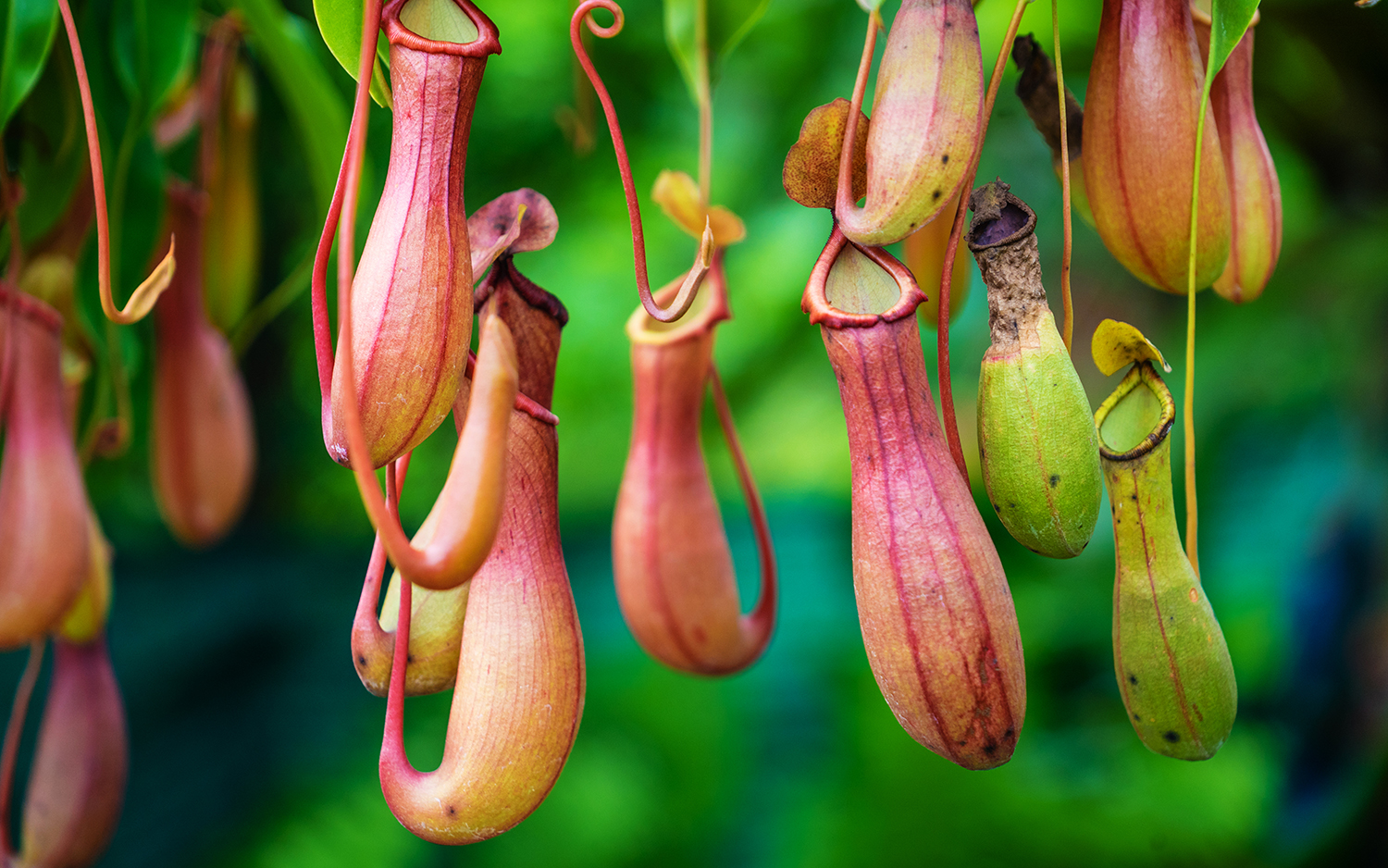
True or Poo?
Do shrews poop inside pitcher plants?

True or Poo? True.
Though this question is about poo, it also happens to be true. Shrews do, in fact, use pitcher plants as their personal toilets. Pitcher plants are carnivorous, and are known for trapping and drowning insects and even small mammals in their slippery depths, where the unlucky prey is then slowly digested. But three species of pitcher plants have evolved to share a symbiotic relationship with shrews, offering them a spot for eating (and pooping) in exchange for the nutritious nitrogen in their excrement.
Can camels survive desert heat by storing water in their humps?
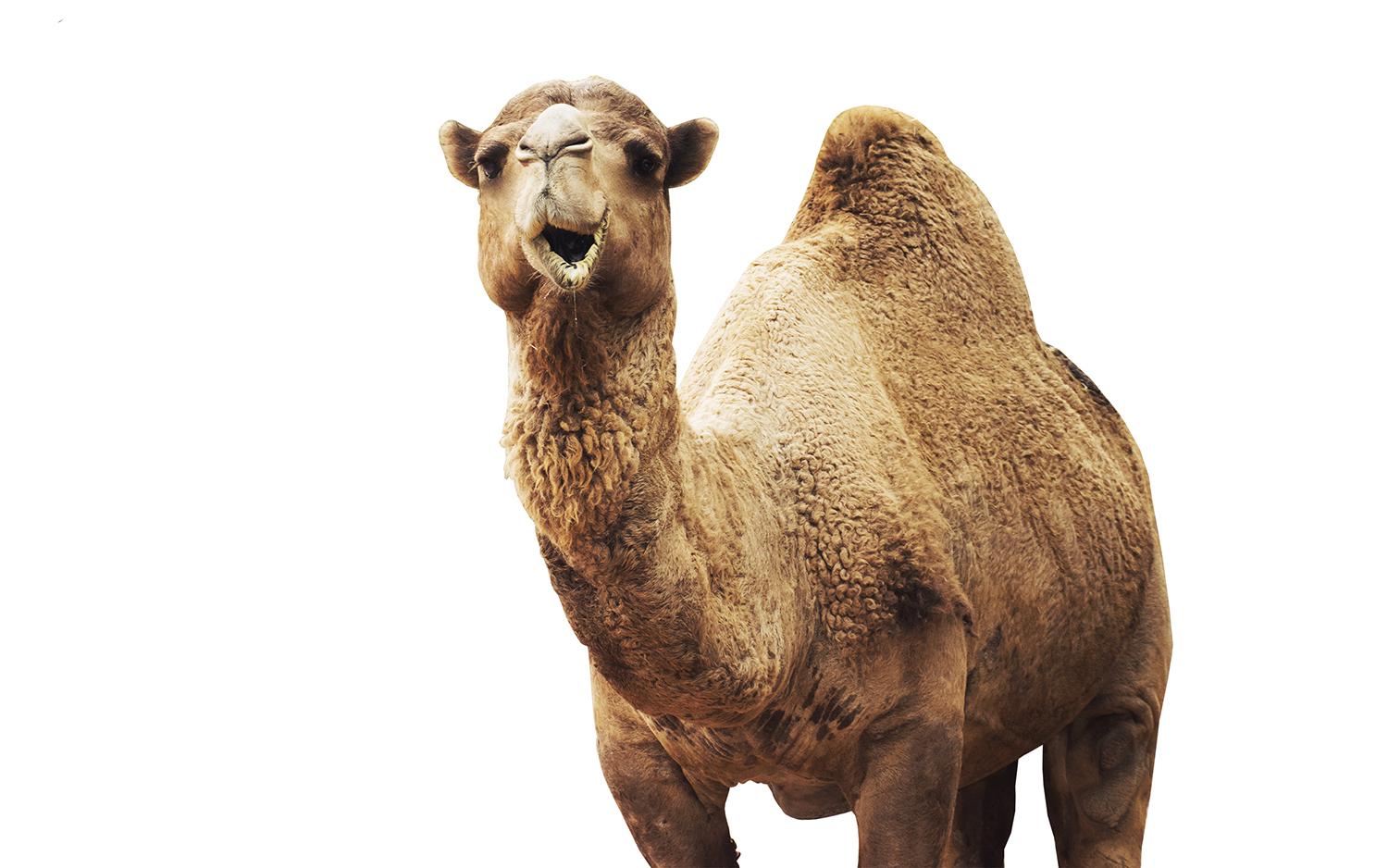
True or Poo?
Can camels survive desert heat by storing water in their humps?
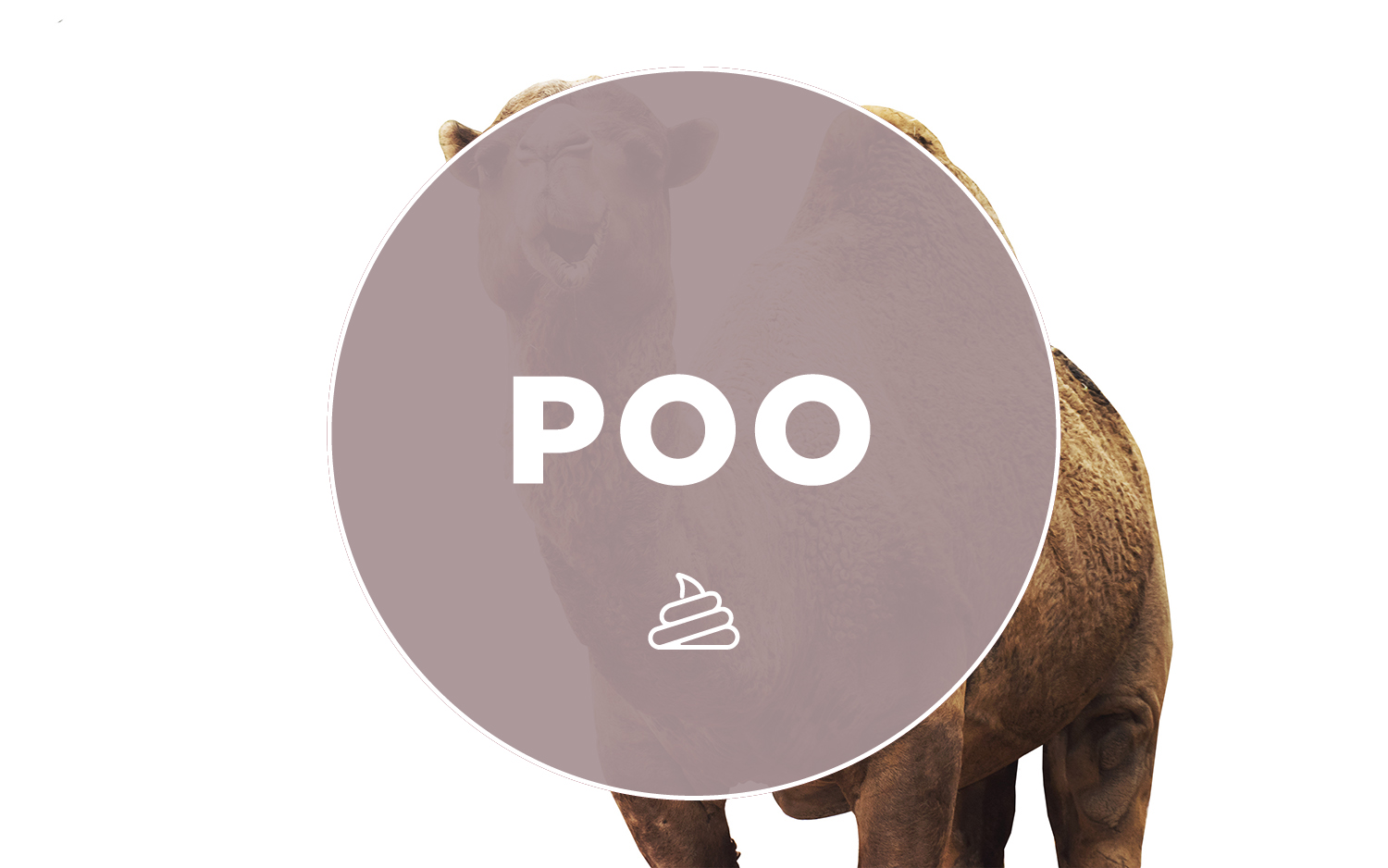
True or Poo? Poo.
Camels can survive for as long as 10 days without water, but their secret isn't storage balloons for liquid in their humps. Rather, their humps are full of fat — as much as 80 pounds (36 kilograms) of it in adults — and if a camel draws heavily on those fat reserves when food is scarce, the hump deflates and falls over. Camels can go for long stretches without drinking because of adaptations that process liquid very efficiently and help prevent water loss, according to "True or Poo?"
Are you always within 6 feet of a rat?
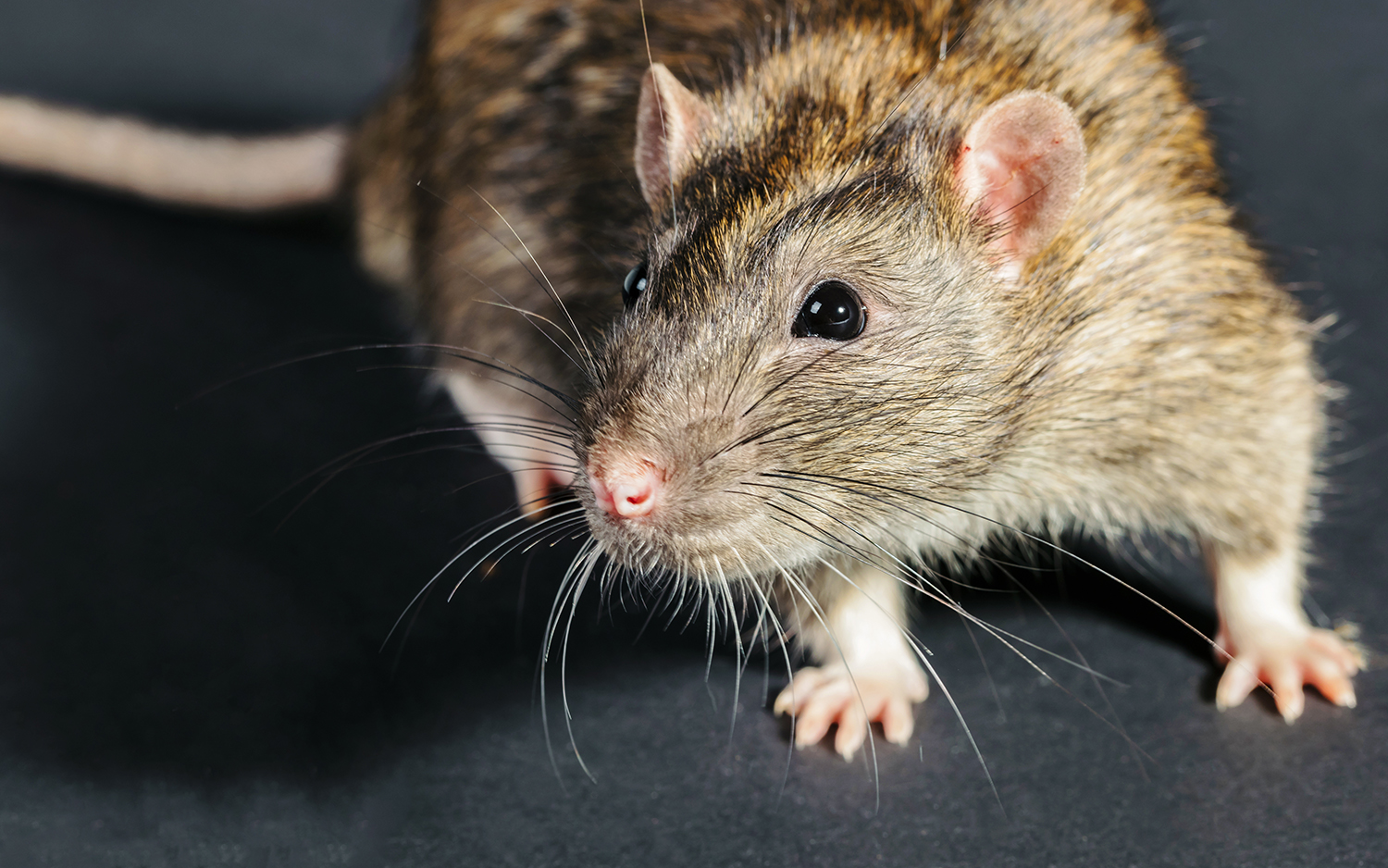
True or Poo?
Are you always within 6 feet of a rat?
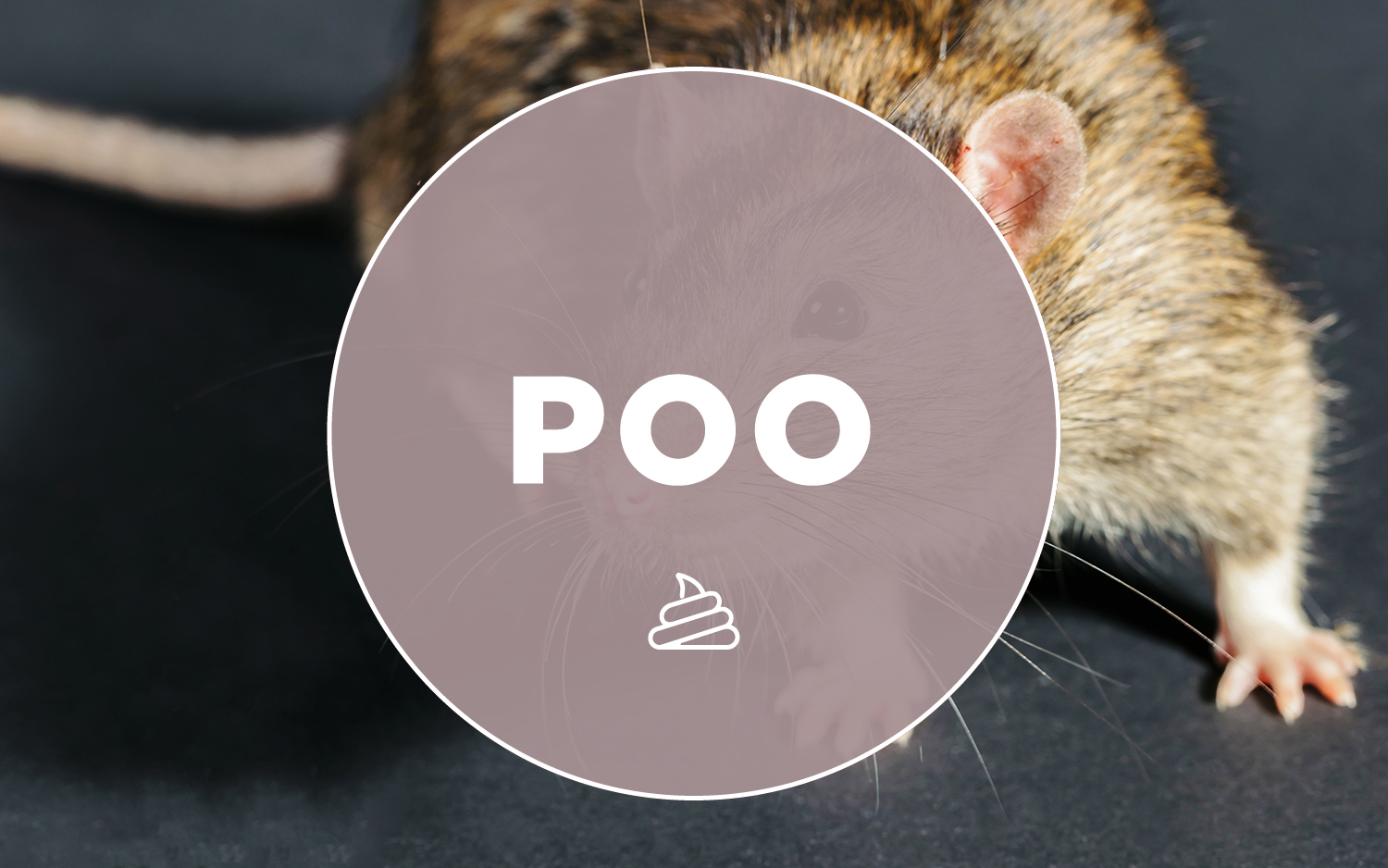
True or Poo? Poo.
A popular myth suggests that rats are so abundant that you will always find yourself within 6 feet (2 meters) of these urban rodents. But even though rats do tend to live in just about every human-inhabited place on Earth, they're not so numerous that there's always one hiding just a few feet away. In fact, an urban legend that claimed rats in New York City outnumbered people was debunked in 2014, when a comprehensive study of rat sightings revealed that the Big Apple's rat population was about 2 million. That's a lot of rats, but that number doesn't come close to matching the 8 million humans who call NYC their home.

Mindy Weisberger is a science journalist and author of "Rise of the Zombie Bugs: The Surprising Science of Parasitic Mind-Control" (Hopkins Press). She formerly edited for Scholastic and was a channel editor and senior writer for Live Science. She has reported on general science, covering climate change, paleontology, biology and space. Mindy studied film at Columbia University; prior to LS, she produced, wrote and directed media for the American Museum of Natural History in NYC. Her videos about dinosaurs, astrophysics, biodiversity and evolution appear in museums and science centers worldwide, earning awards such as the CINE Golden Eagle and the Communicator Award of Excellence. Her writing has also appeared in Scientific American, The Washington Post, How It Works Magazine and CNN.
